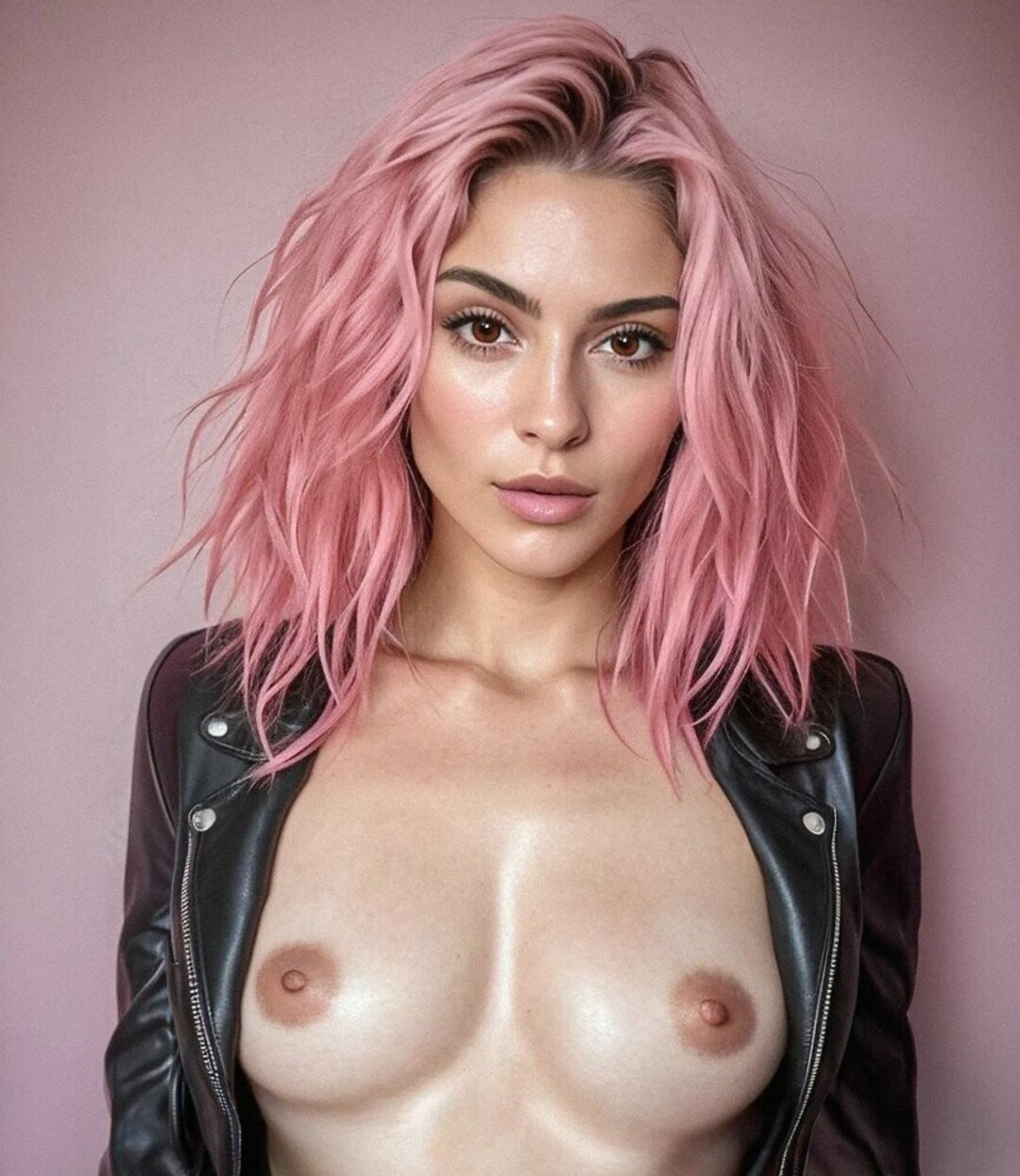Once upon a time, being an influencer meant taking selfies, perfecting your poses, landing brand deals, and hoping your outfit of the day got enough likes. But now, in 2025, the faces ruling your For You Page aren’t even flesh and blood. The game has changed—and the new stars of the internet are entirely digital.
Welcome to the age of AI influencers: flawless, tireless, and always online. They don’t sleep, eat, age, or need a beauty routine. They never miss a moment, and they never get canceled.
Big brands are obsessed, they can’t get enough. In fact, these digital stars are pulling in more deals than many human influencers. They’re the real deal, even though they aren’t real.
Before we meet the top digital stars taking over the internet, let’s quickly dive into what they are and how they’re made.
What is an AI Influencer?

Think of them as digital celebs. They can look ultra-realistic, fully stylized, or even cartoonish—depending on their brand. Creative teams handle everything: planning posts, shaping storylines, and managing brand collaborations. Unlike humans, every detail is carefully controlled—from fashion to drama to personality. Everything is designed to perfection.
In everyday English, these guys as like your normal, everyday influencers …only, you know made of bits and bytes rather than flesh and blood.
How AI Influencers Make Money?
AI influencers make money almost exactly like human influencers — just without the rent or the ego. Brands pay them for sponsored posts and product placements because they can be engineered to look perfect, stay on message, and never get canceled.
Some AI creators sell digital merch like wallpapers, NFTs, or branded avatars. Others license their likeness for ads, games, or virtual events. A few even run subscription pages where fans pay for custom AI-generated images or chat interactions.
The appeal for companies is simple: an AI influencer works 24/7, never ages, and never asks for a raise.
AI Influencers vs. Human Influencers

Authenticity:
When it comes to authenticity, human influencers have the upper hand. They bring their unique personalities, experiences, and perspectives to the table.
Followers often feel a deeper connection with human influencers because they can relate to their stories and emotions. AI influencers, on the other hand, may struggle to convey genuine emotions since they are generated by algorithms.
Reliability and Consistency:
Now, this is where AI influencers shine. They’re like clockwork, available 24/7, and can churn out content at lightning speed. They don’t get tired, take vacations, or have bad hair days.
With AI influencers, you can expect consistent engagement and a constant stream of content, which is a huge advantage for brands looking for reliable partnerships.
Creativity and Adaptability:
Human influencers have the creativity game on lock. They can bring their unique perspectives and creative ideas to the table, making their content stand out.
They can adapt to trends, respond to real-time events, and inject their personality into every post. AI influencers, while they can be programmed to follow trends, may lack that spark of human creativity that sets them apart.
Scalability and Reach:
This is where AI influencers truly shine. They can be replicated and scaled up with ease. You can create a whole army of AI influencers in a matter of clicks.
With their ability to engage with followers around the clock, AI influencers have the potential to reach a wider audience than human influencers could ever dream of.
Cost-effectiveness:
When it comes to the cost, AI influencers can be a cost-effective option. While human influencers may demand high fees for collaborations, AI influencers can be generated at a fraction of the cost.
This opens the doors for smaller businesses with limited budgets to tap into the influencer marketing game.
The Future of AI Influencers
The future of AI influencers is looking less like a gimmick and more like a permanent competitor to human creators. As models get more realistic and interactive, brands will use AI personas for global campaigns without worrying about scandals, schedules, or aging.
Expect AI avatars hosting livestreams, starring in commercials, and even replacing human customer-facing roles. Some will be indistinguishable from real people, blurring lines between celebrity and simulation.
The biggest shift will be emotional — audiences may start bonding with digital beings the way they do with fictional characters. In short, AI influencers are just getting started, not peaking.



